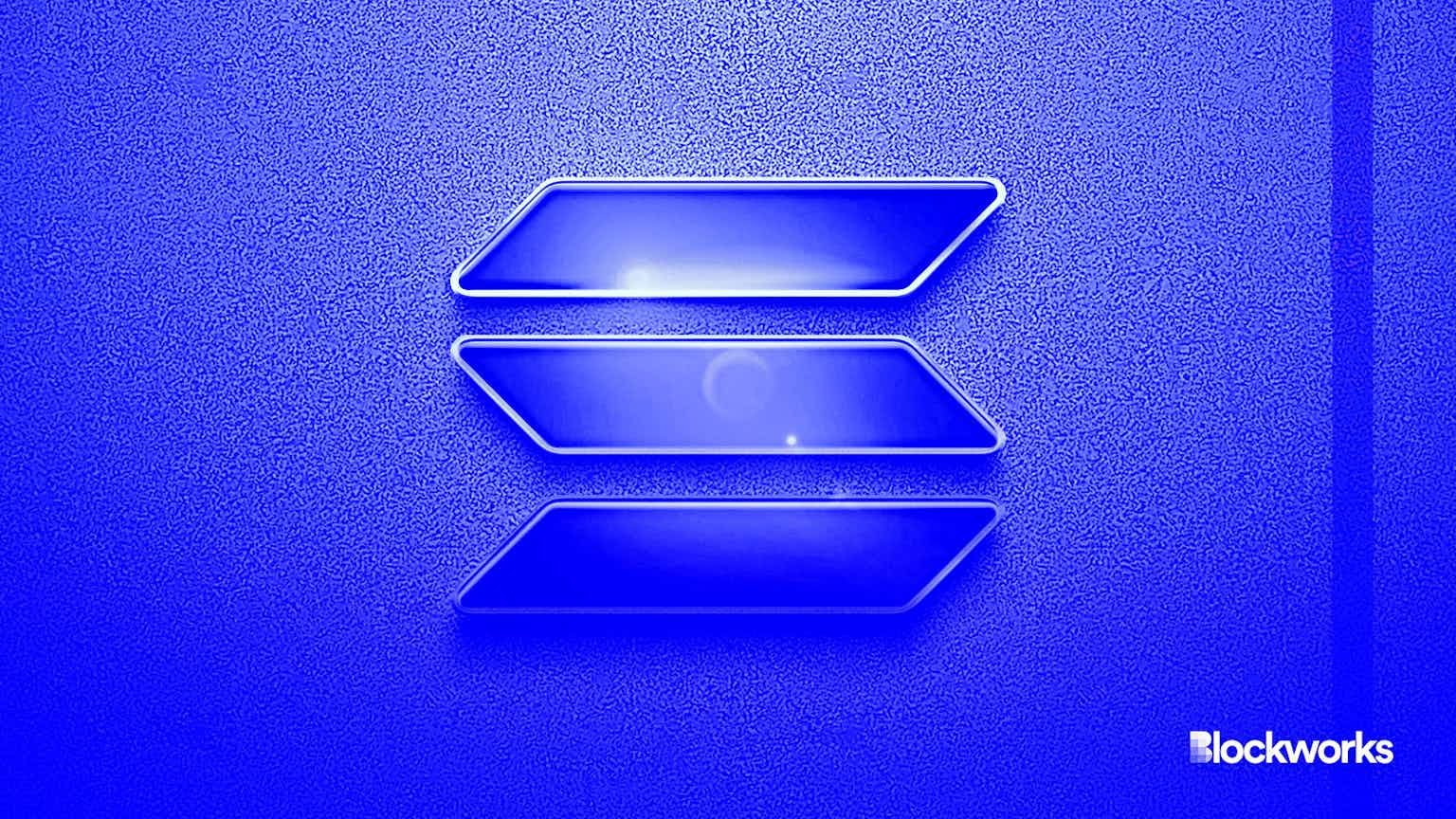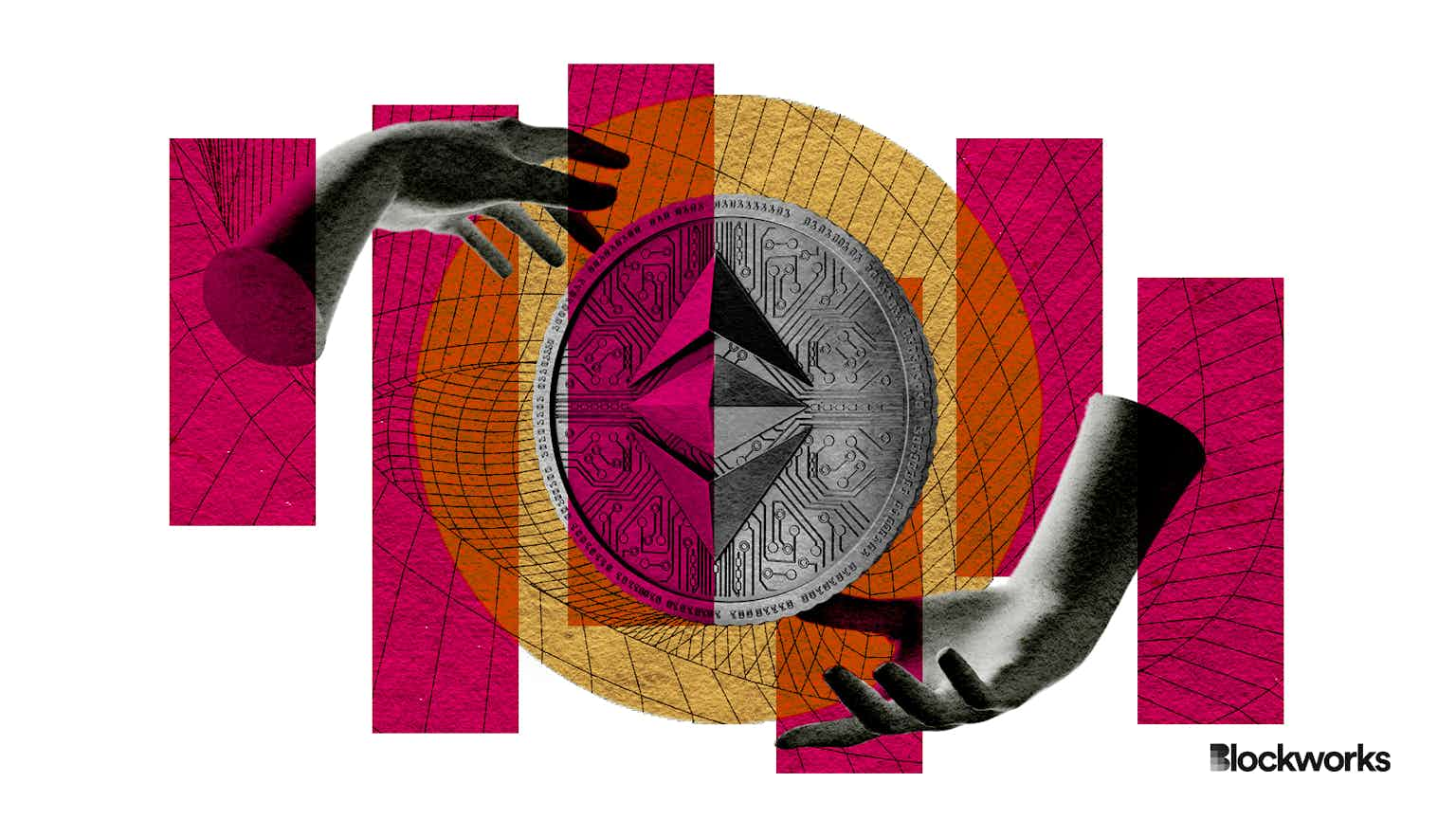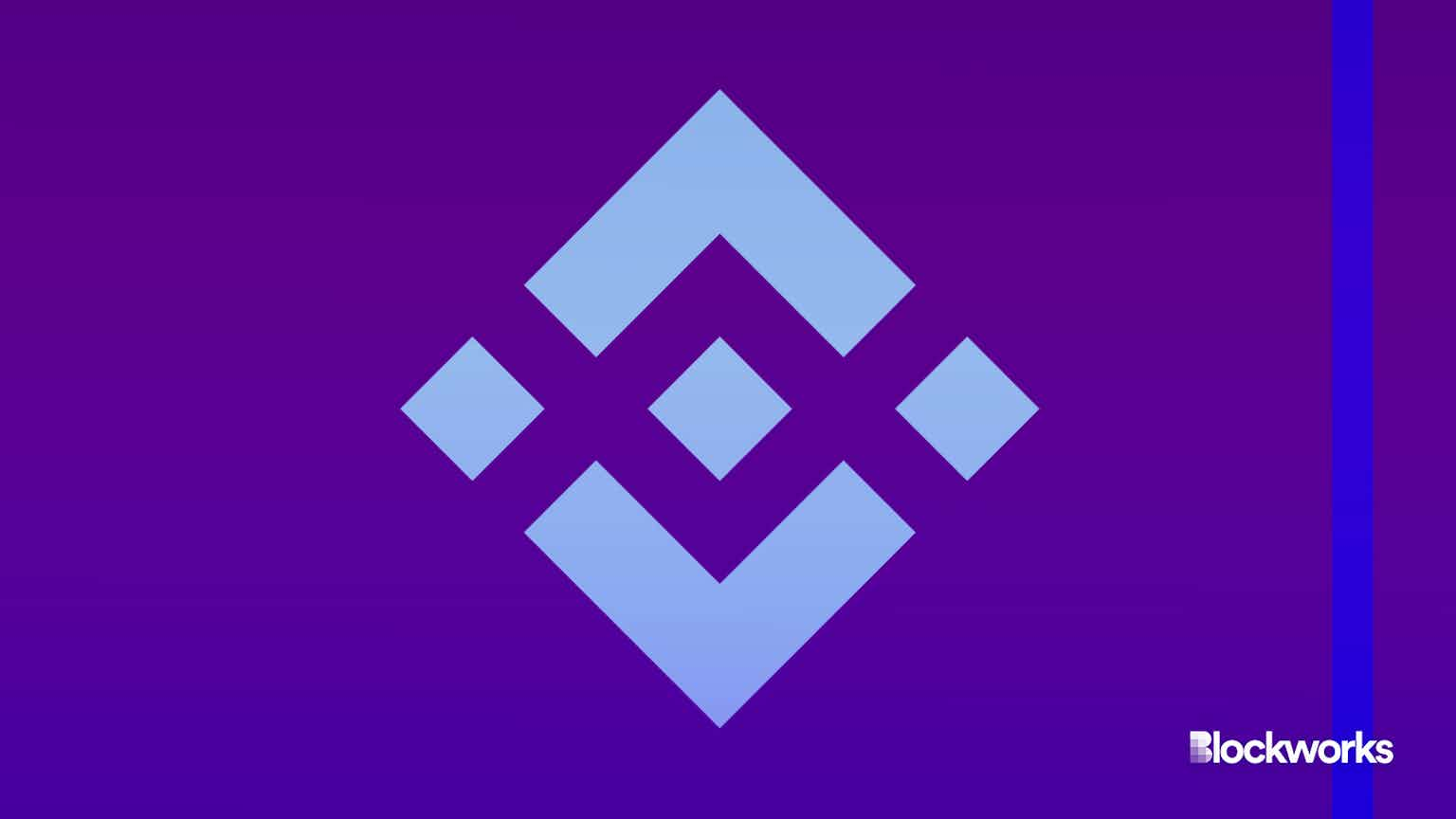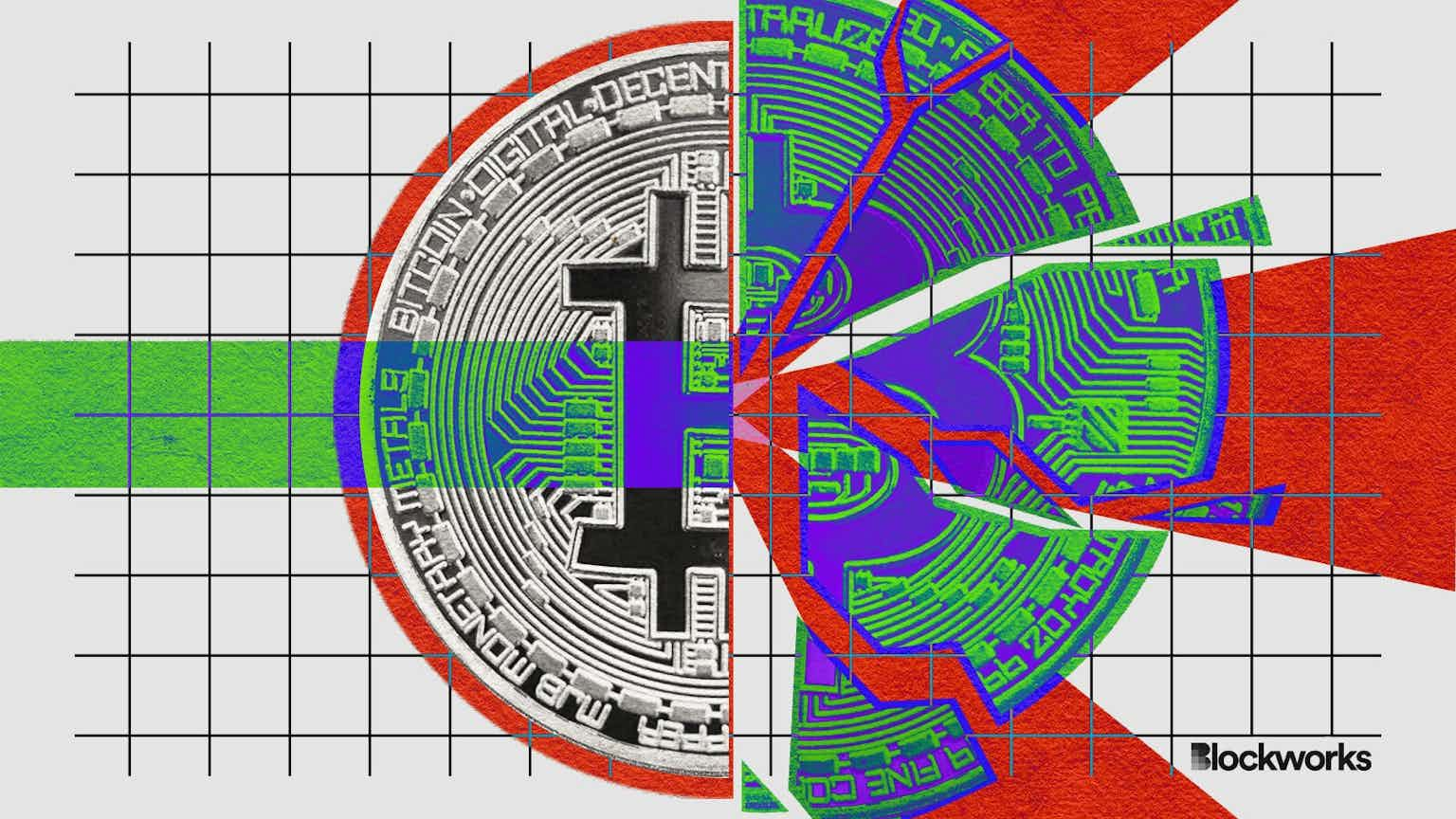There’s Nothing Wrong With Web3 Gaming, Except Everything You’re Doing
If Web3 builders can chill out about decentralization, this whole blockchain gaming thing might actually work

Anton27/Shutterstock modified by Blockworks
People have always sought out entertainment. From sticks and hoops, to cards and Pong (the world’s first popular video game), to modern titles like Call of Duty — the landscape of gameplay has changed drastically over the last century. And with all the promised innovation from Web3 and blockchain, the sector is set to see another paradigm shift — if it doesn’t get it in its own way.
The last big innovation in gaming was the introduction of the first-person shooter (FPS) genre in the 90s, beginning with Wolfenstein and Doom and leading to the games we know today. The visceral, physiological, and even physical elation this kind of gameplay incited within players was — and continues to be — electric.
Now, decentralized gaming is a next step forward for digital entertainment. But for this type of gaming to reach its full potential and inspire gamers in the same way, concessions will need to be made.
Developers need to show an awareness that decentralization is not necessarily the answer to all players’ gaming woes, despite its strong selling points. To attract billions of mainstream players, we will have to compromise, despite any strong ideological attachments.
We need to be realistic about the degree of decentralization, privacy and self-custody actually required for games and how much of the game’s code and activity needs to be on-chain.
Why?
Because the vast, vast majority of players don’t care.
The future is here, just everywhere, all at once
Today, audiences face the daunting prospect of setting up crypto wallets, finding fiat on-ramps, buying assets, and learning how to bridge assets across chains. All while navigating the fear, uncertainty, and doubt spurred by the collapse of ideologically incongruent crypto companies, and confused by sites and dapps that look and feel like they were built by engineers for engineers.
Currently, there’s an expectation that players will learn, or worse still, that as developers we should be “educating” users on decentralization (people have actually said this to me!)
The reality is that gamers just want to have fun, and their free time is far too precious to “learn” anything.
To make Web3 gaming accessible to a large audience, we’re going to have to abstract away complicated concepts of blockchain technology (such as decentralization and self-sovereignty) and make them accessible enough for the average Candy Crush player to understand.
Why now? And why blockchain?
Blockchain presents significant opportunities for revolutionizing in-game asset ownership. While digital collectibles have long been a staple of the gaming industry, players have never really had true ownership over these items.
Consider saved game data, often treasured by the perceived “owner.” Gamers hold on to legacy game consoles, cartridges, and memory sticks to preserve game data into which they may have invested 1000s of hours or developed an emotional attachment to. More often than not, these files are never revisited and in many cases they’re only nostalgic relics from games whose servers were taken down long ago and are no longer playable.
Blockchain gaming opens up the possibilities for this saved game data (or favorite collectibles) to be traded and accessible by other titles — essentially enabling economic value to become infused with emotional value.
This is not new information. The potential that tokenizing game assets has for the industry has been widely noted by those actively building in the Web3 space.
But knowing that there is potential and actually capitalizing on that potential to make a better game are very different things. Games that prioritize simplifying the user experience of owning, moving, and trading assets, along with easy-to-use marketplaces, will win out in the long-term. And you can’t leave out the need to increase transaction speed. Users simply won’t sit around for hours (or even days) to see their assets move from one chain to another. Chains with high throughput and scalability will be necessary to take adoption to the next level.
Blockchain’s eureka moment
According to a 2022 report from the Blockchain Gaming Alliance, 56 percent of all respondents said that “improving gameplay” should be a top priority for decentralized games. This makes sense, as it is irrelevant to most consumers what kind of technology drives their experience. Who cares what your game is built on as long as you are having fun?
In order to be considered a success, decentralized gaming doesn’t just need to be a “fun option” — it needs to be the best option.
Too many blockchain-based games have coasted along by integrating earning features with dull and repetitive gameplay. Triple-A budgets are not a prerequisite for making a great game; with the right focus and product strategy, success can come much more cheaply. It’s almost like no one seems to realize that it is possible to build compelling titles with intuitive controls and impressive designs that integrate blockchain technology and off-chain elements seamlessly.
But in order to do this, some aspects of the “crypto dream” may need to come under the microscope.
On-chain gaming will need to relax their devotion to self-sovereignty in order to create a more cohesive decentralized gaming industry, one that encourages legacy gamers to join the movement. The holy grail of cross-platform gaming and digital asset exchange depends on interoperability, necessitating a multichain future.
Players want to be able to transfer assets across different ecosystems, marketplaces, and games. What players don’t want is extra steps and an overly onerous learning curve to be able to do so.
Blockchain builders must accept that, as with all things, decentralized gaming must adapt in order to survive. The definition of a “successful” blockchain game can then change from fully decentralized mindless “clickers” that make the builders (and some players) a quick buck, into best-in-class titles with a mix of off and on-chain components that keep players coming back for more.
Don’t miss the next big story – join our free daily newsletter.





